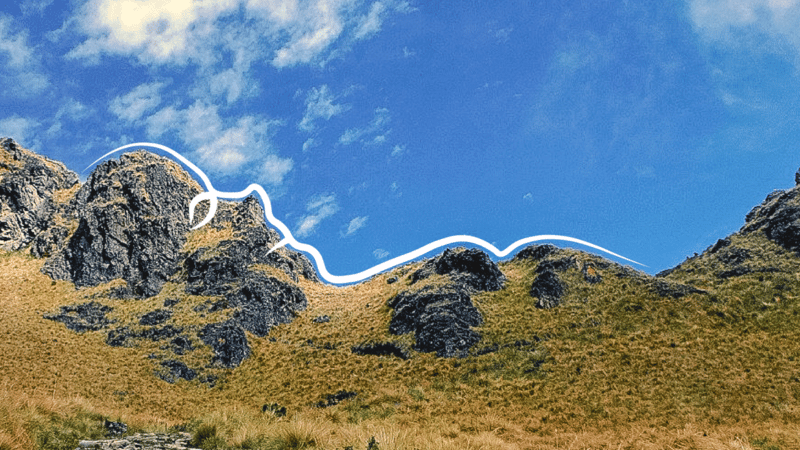You want Warmiwañusca?! Here’s how hard it really is.
Deep in the Andes, tucked away high above the Urubamba river, lies the mysterious and iconic city of the Incas: Machu Picchu.
Sparking wanderlust in hikers all over the world, the ancient citadel challenges thousands of pairs of feet every year to a long, onerous road. And no part of the journey is quite so challenging as Dead Woman’s Pass, or Wamiwañusca if you speak Quechuan.
The Inca Trail’s highest point tenders its peachiest reward, but… what is it? Where is it? And is it really as terrifying as it sounds?!
Why is Dead Woman’s Pass called Wamiwañusca?
Dead Woman’s Pass has gained a formidable reputation. Quite rightly too, it probably is the hardest section of the Inca Trail, making day 2 the trickiest part of the hike.
But it didn’t get its name because of some sexist notion or because anyone really died there.
Wamiwañusca in Quechuan, or Dead Woman’s Pass in English, is so called simply because of the way it looks. Like a recumbent dead woman apparently, but we’ll let you be the judge…
How High is the Inca Trail?
Dead Women’s Pass is the highest point on the Inca Trail at 4,215m or 13,828ft. But, what is the height of Machu Picchu? Machu Picchu is actually nearly 1800m less than Dead Women’s Pass.

How hard is Dead Woman’s Pass on the Inca Trail?
No doubt about it, the second day of the Inca Trail is definitely the hardest, and that’s because it includes Dead Woman’s Pass. It’s not that the pass is particularly dangerous or precipitous, but the altitude does mean reaching it becomes a feat in itself.
You spend most of the day prior to the pass further down the valley, at lower altitudes and where there are more trees. Then as you walk upwards, the trees disappear, the air thins and you might notice it’s harder to keep going – that’s just what altitude will do to you.
The terrain’s rockier and more difficult to traverse too and you’ll be out in the open, with greater exposure to the elements, dealing with anything from chilly rains to powerful winds to bright, hot sunshine.
You should take steps to make sure both your fitness and altitude sickness don’t stop you from reaching Dead Woman’s Pass. So click HERE to read our thoughts and tips on acclimatisation and put yourself through some training if you’re serious about trekking to Machu Picchu.
The short version of a Machu Picchu training schedule looks like this: hike at height, hike with weight, hike a lot. But you’ll also find our top tips for trekking to Machu Picchu, including pre-trek training, and packing and snacking HERE.
What is Dead Woman’s Pass really like?
Sure, it’s a hard task to get there, but reaching Dead Woman’s Pass is nearly as rewarding as seeing the sun rise over Machu Picchu itself.
It’s like summitting a mini mountain and it gives you that incredible feeling of accomplishment, complete with stunning views too.
There’ll be plenty of opportunity to have a rest and take some photos – and you’ll certainly want to after that climb up to Dead Woman’s Pass. The vistas are some of the best you’ll see on the entire Inca Trail, so drink it in (and like, seriously, take on a load of water at this point too, you’ll be knackered).
How can you tick Dead Woman’s Pass off your Bucket List?
If Dead Woman’s Pass is on your Bucket List then Machu Picchu must be too, in which case you’ll want to book a trek to the ancient citadel.
…Just make sure you pick the right route.
We trek three different paths to Machu Picchu, each one incredible, but not all of them take in Dead Woman’s Pass along the way. In fact, only one does.
If you love mountains and you want a wilder, more challenging route to Machu Picchu, choose the Salkantay trek. If you want a quieter walk past lagoons and through local villages, go for Lares.
And if you really want Wamiwañusca, Dead Woman’s Pass, choose the classic Inca Trail – you won’t be disappointed.
Want to find out more about each of the different routes to Machu Picchu and get our founder Keith’s take on which one’s best? Read our “Which trek to Machu Picchu?” blog HERE.

 Basket
Basket




